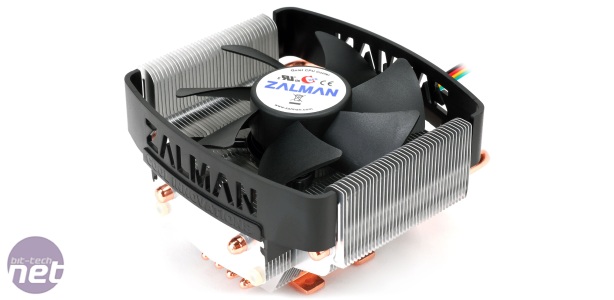
Temperatures
During the build process, I predicted that the case would have difficulties with airflow, hampering the cooling of the components. To check that prediction, I used CoreTemp and GPU-Z to record the maximum temperatures reached by the CPU and GPU while idle and in all of the benchmarks. For the CPU, I also ran the Prime95 torture test, which locks every core at 100% usage to stress-test the system’s ability to deal with maximum heat production. Here are the results:CPU Temperatures:
- Idle: 35°C
- Just Cause 2: 59°C
- Batman: Arkham City: 69°C
- 3DMark Vantage: 81°C
- 3DMark 11: 82°C
- Prime95 Torture test: >96°C
- Idle: 38°C
- Just Cause 2: 58°C
- Batman: Arkham City: 57°C
- 3DMark Vantage: 61°C
- 3DMark 11: 60°C
When I said earlier that opting for the i5-2400 over the i5-2400s was probably a mistake? This is why. The lower power consumption of the S variant would produce less heat, at the expense of a small performance hit. In the long run, the improved stability would be worth it. The other mistake in this build was assuming that Intel’s stock cooler would be up to the task. A low-profile third-party CPU cooler that performs better than the stock one – Scythe’s Shuriken or Zalman’s CNPS8000B, for instance – would be a smart investment.
Click to enlarge - If you need better cooling, there are plenty of third party low-profile coolers like Zalman's CNPS8000B available.
The BreakdownValve may not be working on their own console, but they're definitely working on a "Big Picture mode" interface with support for controller navigation for TV-based gaming. It's even possible, based on their recent job ads for electronic engineers that they're working on their own design of controller to go with it.
Whether that's true or not, it's clear that Valve are serious about bringing PC gaming into the living room. Sofa gaming is never going to supplant the bleeding-edge graphics and high-fidelity control schemes of traditional desktop-bound gaming, but it's another, more sociable, more comfortable way to play those console ports and indie games in your Steam collection.
The build described in this article proves that it's possible to assemble your own dedicated machine with enough muscle to run those games in a tiny chassis that'll blend in with your other AV hardware, and for half the price of the larger (and admittedly more powerful) Alienware x51. It's not a flawless design - a lower-powered CPU with a better cooler would give healthier running temperatures without much of a performance hit - but it's hard to worry much about that when the box is happily running Trine 2 or Blur in local co-op mode with two controllers plugged into the front USB ports, and you're jumping, blasting, dodging and laughing with your friends in the same room.
Now is a great time to get your PC games running on your TV. Come, grab a controller and join in...

MSI MPG Velox 100R Chassis Review
October 14 2021 | 15:04









Want to comment? Please log in.